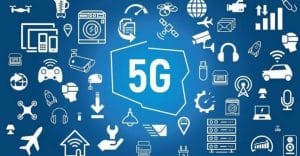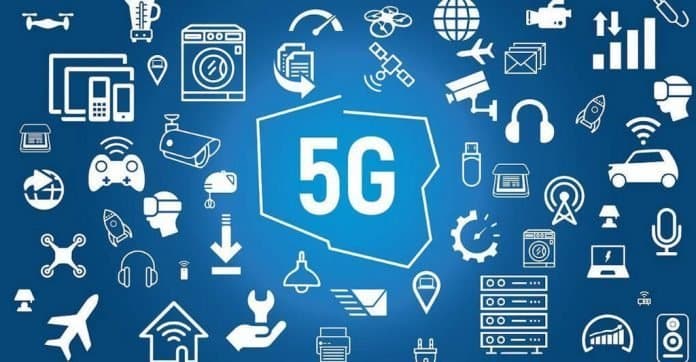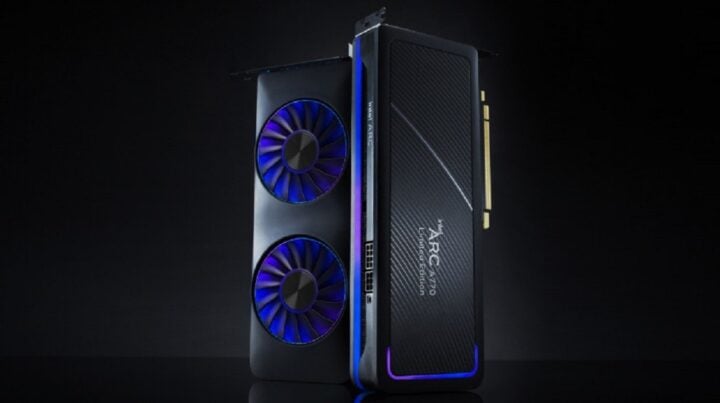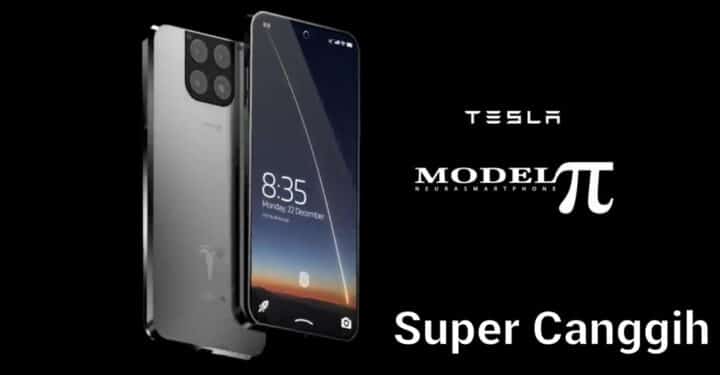We know that 5G is the next generation of mobile communications. About once every 10 years, a new mobile communications technology is developed.
Starting from 1G analog cell phones in the 1980s, then from 2010 until now we have enjoyed 4G mobile data communications.
Development of its successor, the 5G network, is currently underway with implementation expected to begin in 2020.

5G technology
Why is 5G Important?
Over the years of using mobile communications, we have seen growth in the volume of mobile data sent, and an increase in the past
there is no end to cellular traffic.
5G technology is needed to provide the required capacity of the mobile network. New frequency bands, but also more efficient radio technology should ensure that 5G technology keeps us going for the next decade.
The latest mobile Internet applications such as virtual reality are possible with much higher 5G data rates.
For example, city center or office building data rates of up to 1 Gbit/s can be generated using much smaller transmitters. While the data rate of 50 Mbit/s is the target for rural areas.
Frequency for 5G Network
For the European region, three frequency bands have been allocated for 5G applications, consisting of the 700 MHz frequency band, the 3.5 GHz frequency band, and the 26 GHz frequency band. Apart from that, the 700 MHz frequency band is perfect for Internet of Things applications. Due to the relatively low frequency, the coverage is
very well made.
It's just that this will sacrifice the data speed that can be offered. The 26 GHz frequency band can support very high data rates, but is not suitable for widely distributed networks, as it requires many transmitting stations to be established.
Therefore, the 3.5 GHz frequency band is very important to achieve 5G data rates with reliable coverage in the region
urban.
The high frequency bands used in 5G networks also require the adoption of new radio technologies. The concept behind today's mobile network
is that each base station covers a specific area. The 5G network will also apply beamforming.
With this technique, using antenna arrays, specific radio bundles can be created for individual users. The same radio frequency can then be used again in multiple bundles.
So, for example, one bundle can be focused on drones that fly over the field. Furthermore, at the same frequency, one more bundle can be intended for other drones.
5G Supported Apps
The 5G network should allow other applications besides mobile Internet. Business users such as police, energy companies, industry, and transportation
Logistics can apply the 5G network for their business activities.
Business activities that are often mission critical in nature require
availability of cellular communication is very high. 5G technology should also make it possible to connect a large number of mobile devices; in
the future there will be more sensors compared to current mobile smartphones.
What's new about 5G technology is the focus on latency in data transport. Very fast data transport is required for remote control
industrial processes or to drive self-driving cars. With 5G, latency should be reduced to a few milliseconds.
Because data communications can never be faster than the speed of light, process control and data must be pushed closer to the end user.
From humidity sensors that transmit measurements for a full year with a single battery, to mobile televisions with Ultra HD reception
in 3D format; then remote operation to watch YouTube movies; everything should be possible with 5G technology. No need anymore
launch a separate network for each application; 5G networks will be able to flexibly meet all kinds of different requirements.
Optimized Internet of Things (IoT) can also be supported with this 5G. That means that there will be more machines, buildings and vehicles
connected with Internet and each other. For example wearable devices. The most obvious wearable device in the office is a smartwatch or
smartwatch. Smartwatches are perfect for sending urgent messages.
This can be useful in communication at critical times but also for
reduce work-related stress. Because the smartwatch can recognize an employee's heart rate, it can send notifications for breaks or changing tasks.
Without delays in latency, working outside the office will be as flexible and hassle-free as we can imagine. 4G technology has come a long way but when it comes to working without wifi for a long time, it's no fun at all.
With 5G, uploading to cloud servers will be much faster and video calls with multiple contacts won't be a problem.
For internal communications, that means reaching out to your employees whenever and wherever you like. Let's welcome the technology of the future, 5G technology which will radically change the way people do things.







